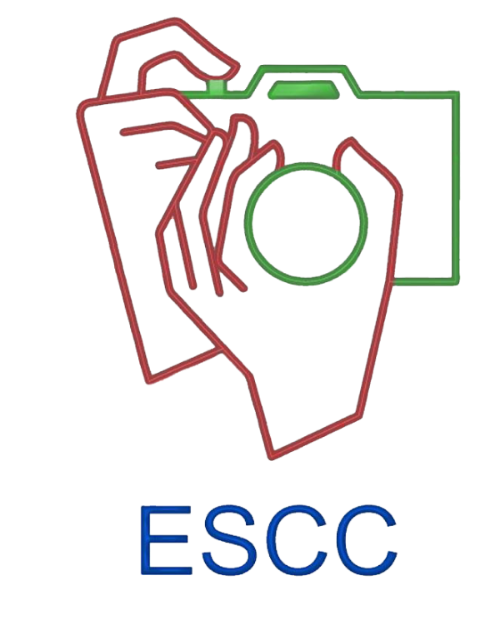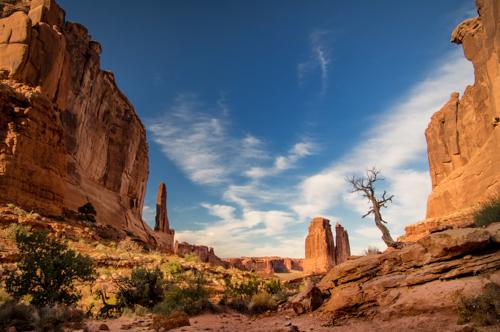On August 5th five club members volunteered (or were volunteered) to give a presentation on how they arrive at the end process and what the processes were to get there.
Bill Versteegh was the first presenter and gave a scholarly dissertation on how he goes from the photo taken through to his final product.
Next up was Ross Pollock (Mr Portrait) who proceeded to display how he moves from the photo taken to his final product. Unfortunately the technology worked against Ross showing how he gets from point photo taken to point photo finished. As usual the end product was trademark Pollock.
Ex prez Barbara then let us into the secrets behind how she sets custom presets in the Lightroom Develop module for two varying situations: landscapes; and animal shelter cats.
Landscapes:
Temp 7000-7500
Clarity +10
Point Curve Medium Contrast
Sharpening Amount +50
Radius 8
Detail 70
Masking 30
Lens Correction: Select specific lens used
Cats
Exposure +.5
White +20
Blacks +25
Point Curve Medium Contrast
Sharpening Amount +50
Radius .8
Detail 70
Masking 30
Noise Reduction
Luminance 10
Detail 70
Colour 30
Colour 30
Detail 60
Lens Correction for specific lens used
Vignette -25
Feather 50
To create a new preset, select a photo and apply desired changes.Click on Develop, Preset, name that preset, then Create.
Presets can be applied BEFORE developing an image.
In Library, click on Saved Preset, select user preset, and apply.
Can be used on a large number of images at once to help save time in the selection of potentially better images BEFORE further editing.
Next up was a very scary presentation by Jan Pudney, Scary in the sense that a collection of random photos disconnected in every way seem to come together in her mind to produce stunning art. Jan admitted during her presentation that when she starts she doesn't know what will be the end product.
Jan's discussion was around the use of layers and she generously supplied links to the tutorials which got her started.
Lesson 1 https://www.youtube.com/watch?v=DA8TgyTruV8&index=5&list=FLy4_NE-r4qGO_Re3MrsItUQ
Lesson 2 Part 1 https://www.youtube.com/watch?v=dSeZCuZYqJA&index=4&list=FLy4_NE-r4qGO_Re3MrsItUQ
Lesson 2 Part 2 https://www.youtube.com/watch?v=w1gRCPpZKHI&index=3&list=FLy4_NE-r4qGO_Re3MrsItUQ
Lesson 3 https://www.youtube.com/watch?v=gTtT0llCA1g&list=FLy4_NE-r4qGO_Re3MrsItUQ&index=2
Lesson 4 https://www.youtube.com/watch?v=fFQz78VVrMg&index=1&list=FLy4_NE-r4qGO_Re3MrsItUQ
Jan was also good enough to provide a copy of her presentation as well:
A bit of Creativity
Finally The prez himself Robert showed us all why he is the master of Lightroom and gave a presentation (which we are all hoping he will be able to upload in the near future) on how less is more when it comes to building up an image segment by segment from an ordinary beginning to a stunning end.










































































































